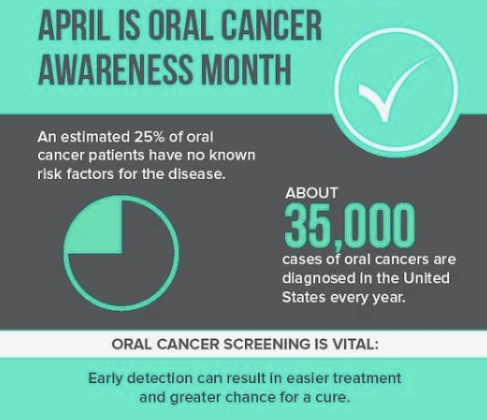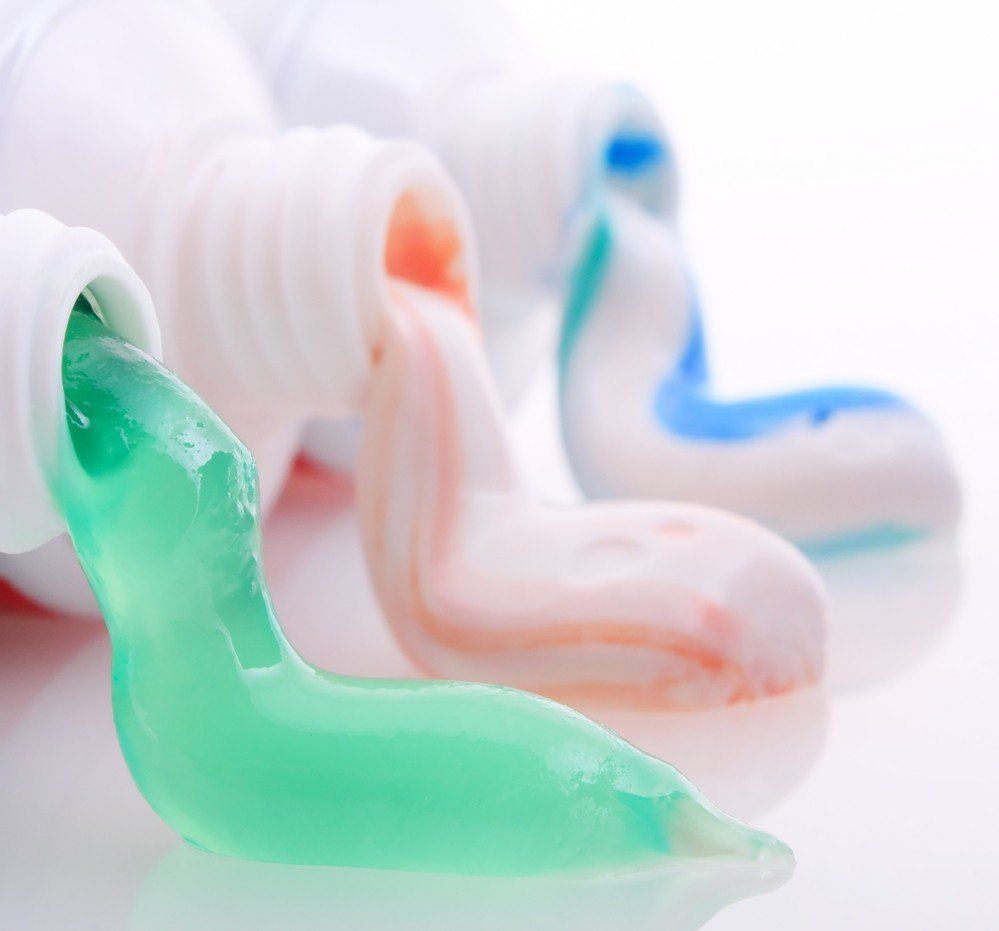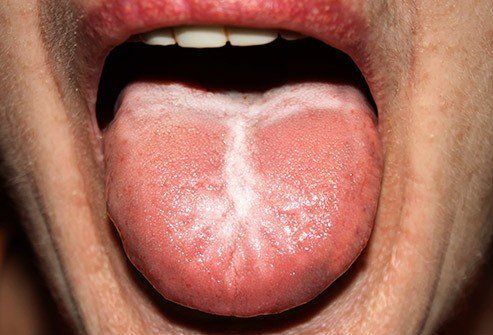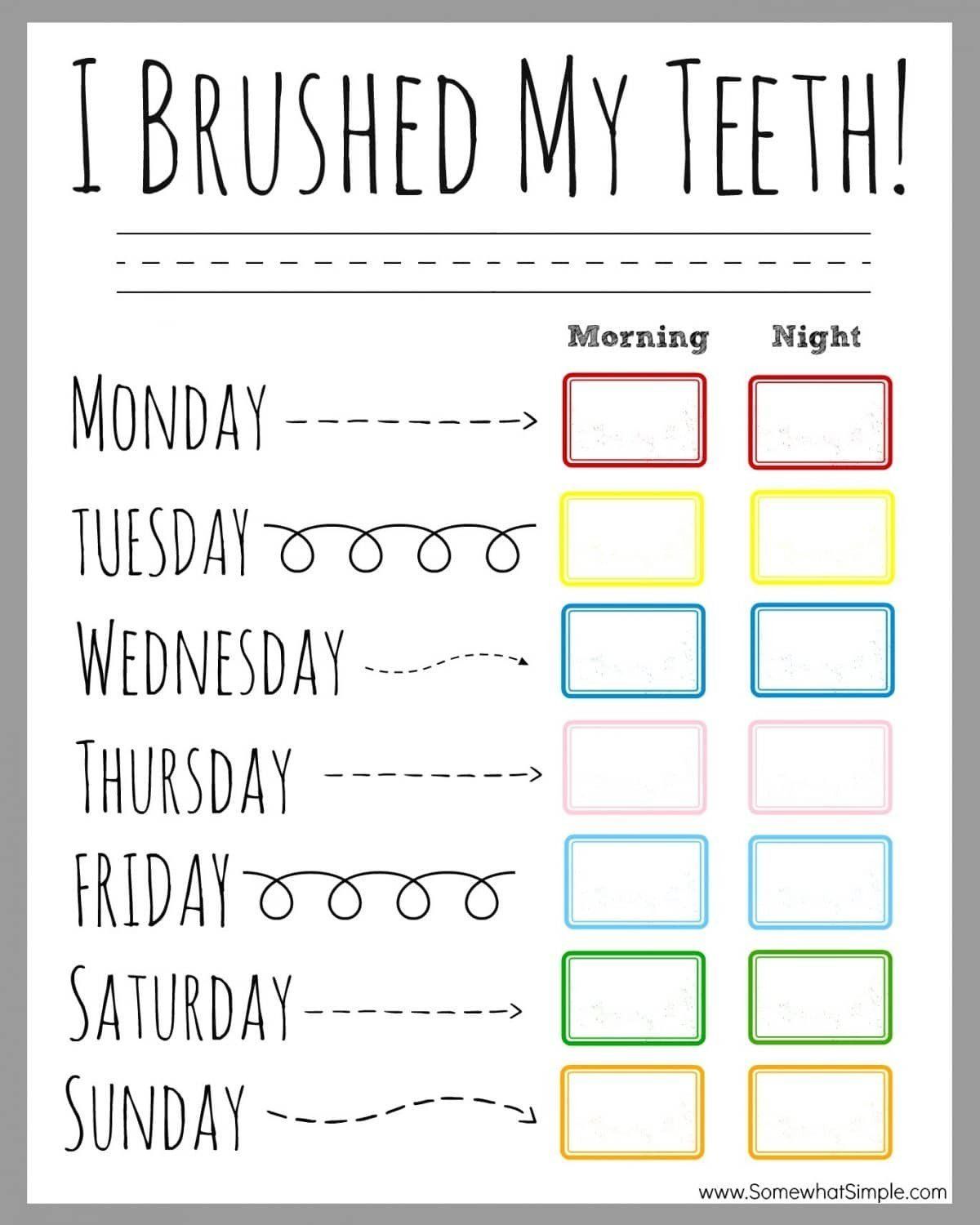Broccoli Sprout Extract May Prevent Oral Cancer Reoccurance
- By Joel Snyder
- •
- 26 Jul, 2016
- •
PITTSBURGH, USA: Many patients with cancer of the oral cavity or oropharynx develop recurrences or new cancers, most often in the first two years after treatment. A new study has now demonstrated that extracts of cruciferous vegetables, such as broccoli, cabbage and garden cress, which have a high concentration of the naturally occurring molecular compound sulforaphane, could help prevent cancer recurrence in survivors of head and neck cancer.
The researchers treated human head and neck cancer cells in the laboratory with varying doses of sulforaphane and a control, and compared them to normal healthy cells that line the throat and mouth. The sulforaphane induced both types of cells to increase their levels of a protein that turns on genes that promote detoxification of carcinogens, like those found in cigarettes, to protect cells from cancer.
In a small preclinical trial, ten healthy volunteers drank or swished fruit juice mixed with broccoli sprout extract for several days. The volunteers had no significant problems tolerating the extract, and the lining of their mouths showed that the same protective genetic pathway activated in the laboratory cell tests was activated in their mouths, indicating that the sulforaphane was absorbed and directed to at-risk tissue.
According to the Centers for Disease Control and Prevention, more than 30,000 new cases of cancer of the oral cavity and pharynx are diagnosed in the U.S. each year and over 8,000 deaths due to oral cancer occur. The five-year survival rate for these cancers is only about 50 percent. Oral cancer mortality rates are nearly twice as high in some minorities, particularly among black males, than among whites.
The study, titled “Prevention of carcinogen-induced oral cancer by sulforaphane,” was published online on June 23 in the Cancer Prevention Research journal ahead of print. It was conducted by researchers at the University of Pittsburgh School of Medicine in collaboration with the Johns Hopkins Bloomberg School of Public Health and the University of California, San Francisco.
By Dental Tribune International

Contact us!
https://www.fabuloussmilesdental.com/contact

ADA Approval
First, make sure you choose a product approved by the American Dental Association and displaying the seal on its packaging. There are plenty of fluoride-free, organic, and all natural options tested by the ADA for both safety and effectiveness at keeping the teeth clean. Products without these seals have not necessarily been tested for their claims and quality, so you’re gambling with the health of your mouth by using them.
Focus on Needs
Consider what your teeth need the most to choose a toothpaste with the right extras. Whitening toothpaste can’t always replace professional whitening from a dentist, but it does work to prevent surface stains that cause your white smile to lose its brightness after treatment. Most toothpastes tend to target one of more of the following conditions or needs:
- Sensitivity, in the gums and teeth, from mild to severe pain
- Fluoride products are essential for kids, adults who don’t get enough of it in their diet, and people with diabetes and many other conditions
- Anti-cavity, which most products cover but which should always be checked
- Anti-gingivitis, ranging from over the counter to prescription products for healthier gums.
Watch Out!
There are a few products you don’t want to use on your teeth, and they’re often sold as cosmetic products rather than medically tested toothpaste. Any whitening toothpaste with a very abrasive ingredient, ranging from natural walnut shell to plastic microbeads, can leave your teeth with enamel damage that is permanent and hard to treat. Activated charcoal powders can also discolor teeth along with eroding your enamel. Look for toothpaste products that reinforce enamel rather than damaging it.
Picking a Toothbrush
Of course, the toothpaste still needs to be applied to the teeth with the right tools to effectively protect you from cavities and gum disease. The wrong toothbrush can damage your enamel, scratch your gums, or fail to remove trapped food from between your molars. Only use soft bristled brushes unless given advice from your dentist to the contrary. For most people, stiff bristles are too hard for their gums. The tip of each bristle should be rounded and not pointed or square so that food debris and tartar comes loose with each sweep. Replace your brush every three months even if it still looks new and fresh since bacteria can build up over time.
Need more advice about what to do to take care of your teeth? Make an appointment with your dentist for a routine cleaning or a timely inspection. You can discuss your concerns without feeling rushed and determine if your current oral health practices are sufficient for keeping your smile bright, healthy, and strong.

Creamy white spots could be thrush, a fungal infection (shown below). It often happens after an illness or medications throw off the balance of bacteria in your mouth. White patches that look lacy could be lichen planus, which means your immune system is attacking the tissues in your mouth. If you see hard, flat, white areas that can’t be scraped away, it could be leukoplakia, which is linked to cancer. Let your dentist know about any white patches you see.


